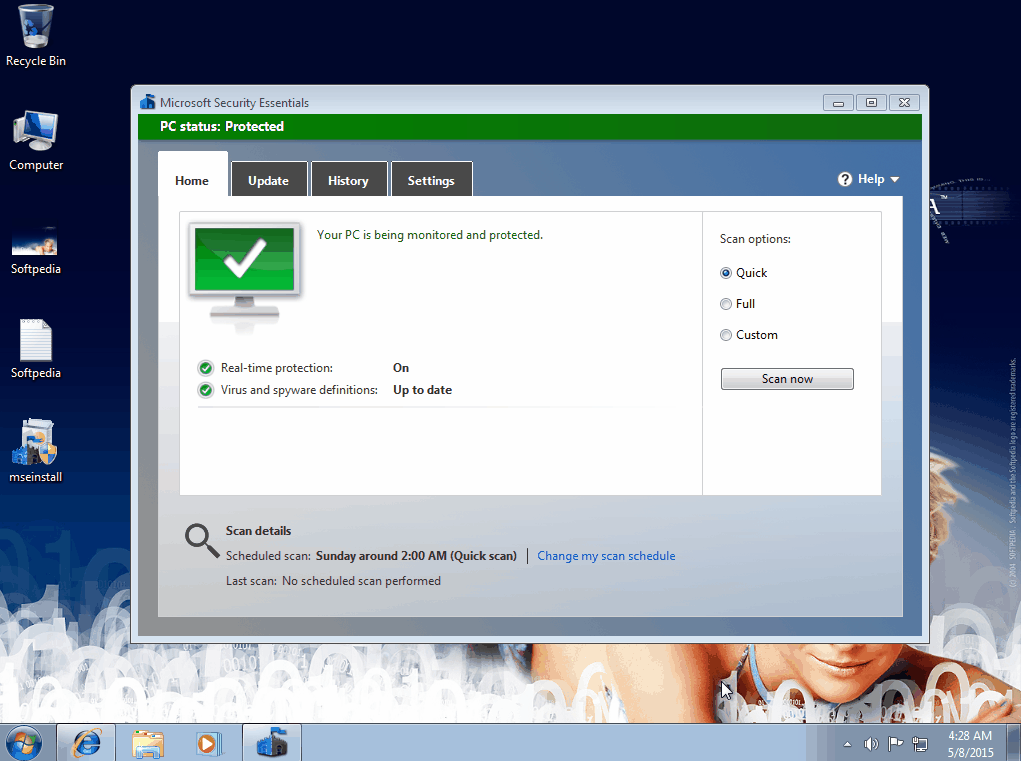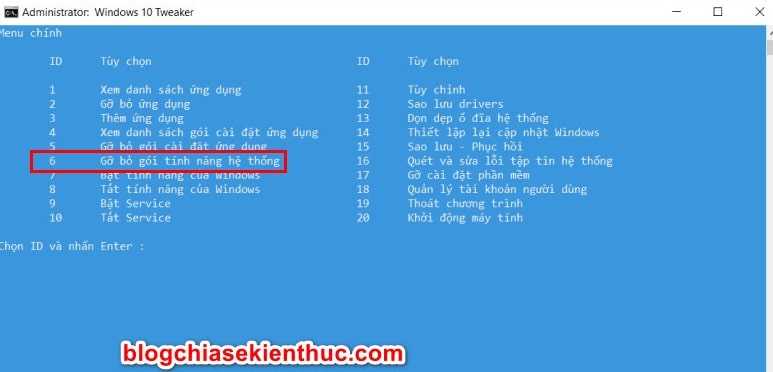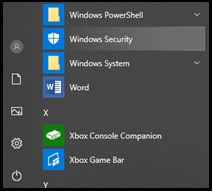

IDGįigure 2: Click Check for updates to instruct Defender to download updates. If any are available, it will download and install them. You can click the Check for updates link shown at the bottom of the image to instruct Defender to check for updates. Note the entry under “Virus & threat protection updates” near the bottom. Clicking this produces an app pane like the one shown in Figure 2. The Windows Security app includes numerous entries, including the “Virus & threat protection” item that also appears in Figure 1. IDGįigure 1: You can access Windows Security via the Settings app. Alternatively, you can open the app directly by typing “Windows Security” into the Start menu. There you’ll find a button labeled “Open Windows Security” as shown in Figure 1. Within the Settings app, you can access a Windows Security facility with this selection sequence: Start > Settings > Update & Security > Windows Security in Windows 10 or Start > Settings > Privacy & Security > Windows Security in Windows 11. Use Microsoft Defender’s own update facility

However, this feature is off by default.1. If you see Microsoft Defender using CPU even while you have other antivirus tools installed and want to stop it, head here and ensure the Periodic scanning feature is set to “Off.” If it doesn’t bother you, feel free to enable Periodic scanning-it’s another layer of protection and additional security. On this same screen, you can expand “Microsoft Defender Antivirus options” and enable “Periodic scanning.” Defender will then perform regular background scans even while you’re using another antivirus program, providing a second opinion and potentially catching things your main antivirus might miss.

However, there is a way to use both your antivirus program of choice and Microsoft Defender.

RELATED: How to Periodically Scan Your Computer With Windows Defender While Using Another Antivirus The process may run in the background, but it shouldn’t use CPU or disk resources attempting to scan your system. This means that Windows Defender is disabled. If you head to Windows Security > Virus & threat protection, you’ll see a message saying “You’re using other antivirus providers” if you have another antivirus program installed and activated. If you do have another antivirus program installed (like Avira or BitDefender), Microsoft Defender will automatically disable itself and get out of your way.


 0 kommentar(er)
0 kommentar(er)
